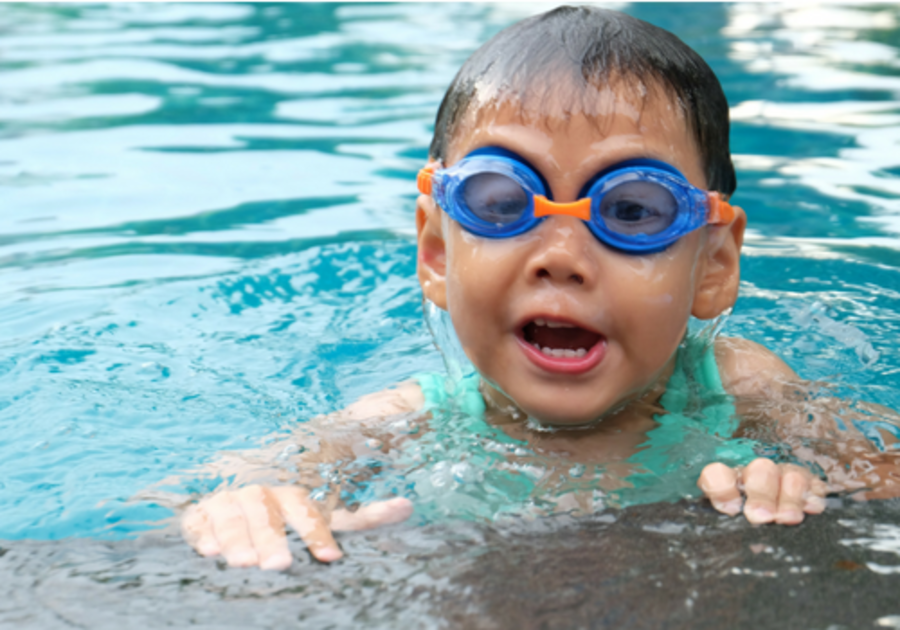The heartbreaking death of Bode and Morgan Miller’s 19-month-old Emeline in their neighbor's swimming pool in June was a shocking reminder of how important it is to be hyper-vigilant when kids are near water.
Drowning in swimming pools is the leading cause of death for kids ages 1 to 4, with most of those deaths occurring between May and August, according to a report from Safe Kids Worldwide.
So how can you keep your kids safe around backyard pools this summer?
Here are 7 things to remember:
- Always supervise. Safe Kids Worldwide found one in three parents leave their child for two or more minutes without supervision in a pool. But drowning happens quickly and silently, which means all children should be supervised at all times. The Mayo Clinic advises children under age 4 should be supervised at arm's length — even if they can swim.
- Air-filled and foam toys are not safety devices. The Centers for Disease Control (CDC) warns that floaties, water wings, inner tubes, pool noodles, and other common pool accessories and toys are not alternatives to adult supervision or a U.S. Coast Guard-approved life jacket. “These toys … are not designed to keep swimmers safe,” the CDC’s drowning statistics report says.
- Install Fencing. A fence that completely separates the pool area from the house and yard is a life-saving investment. The CDC advises that the fence should be at least 4 feet high. All gates should be self-closing, open outward, and have self-latches that are out of reach of children. The CDC also suggests considering additional barriers such as an alarm that is activated when someone enters the pool area.
- Remove toys from the pool and deck when not in use. Kids can unintentionally fall into a pool when trying to retrieve a ball or toy. The CDC says removing those toys can take away a child’s temptation to try to enter the pool area unsupervised.
- Enroll children in formal swim lessons. While even the best swimmers should still always be supervised in the water, participating in formal swim lessons can reduce the likelihood of childhood drowning death by 88 percent, according to the American Academy of Pediatrics.
- Kids can drown in ANY water and on anyone's property. Consider safety whether you have an inground pool, a small kiddie pool from the store, or a bucket collecting rainwater. Also, if your child is visiting a friend's home without you, don't hesitate to ask about their considerations for water safety. You need to have that same discussion with relatives and neighbors. It's an important talk to have when you consider the fact that more than half of kids ages 5 to 9 who drowned in a pool between 2005 and 2014 were at a friend's or relative's home, according to Safe Kids Worldwide.
- Learn CPR. Knowing CPR can save a life. Your local YMCA or hospital is a good place to find a class. You can also search for a CPR certification class in your area on the American Heart Association’s website.
By taking some precautions and always keeping kids' safety top of mind, there's no reason you and your family can't enjoy the hot days of summer in a cool backyard pool.
Get more great tips for a safe and healthy family, as well as the latest news in consumer recalls, by visiting our Safety Announcements edition and subscribing to the monthly newsletter!



